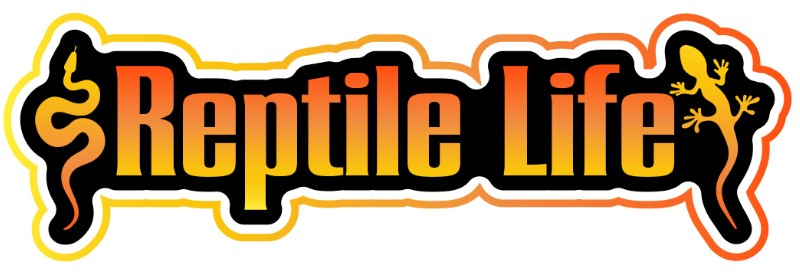While lizards are fun and amazing pets to have at home, caring for them requires many specific rules since it’s not like caring for a cat or a dog. If you’re already looking for a reptilian pet to add to your family, then you should know how to take proper care of them.
Keeping them safe at your home is a priority, and taking care of them is one step. With over 4,500 species of lizard worldwide, you should know that there are specific rules on how to take care of each of them. It may take you some time to learn since there’s a lot of them, but that’s just a part of the journey that you’re going to take once finally owning a pet lizard!
To help you out, here are some general guidelines to help you care for your pet lizard.
Your Lizard’s Ideal Habitat
One of the most important features of taking care of a pet lizard is designing the correct habitat for your pet. It’s essential to do your research first on a lizard’s environmental needs before you decide to bring him home, as the requirements will vary depending on the type of lizard you take in or adopt.
When choosing an enclosure, you should consider the appropriate levels of light, heat, and humidity. Some lizards even prefer to live in a habitat with more sand on it, like the desert, while others require a wet or extremely humid environment.
Important tip: Adding UVB lights, or if possible, Vitamin D3 (direct sunlight), to your pet lizard’s enclosure is a significant move to make. This is because lizards need UVB or Vitamin D3 so that they’ll be able to absorb calcium into their bones. Almost all lizards enjoy living under the sun, so make sure that you’ll choose an enclosure that can sustain your lizard with light, such as heat lamps, etc.
Also, you should choose an enclosure that is large enough for your lizards to enjoy and live comfortably. This is because some lizards may grow larger than you expect, like water dragons, for example. But you don’t have to rush since it’s okay to have a small enclosure during the beginning of their growth, but just remember to size up when they’re about to grow up.
Extra tip: It’s also a great idea to add some ornaments like natural elements such as stones or logs for your pet lizard to naturally feel at home.
What to Feed your Pet Lizard
When learning how to take care of your lizard, you must also know how to feed them properly. Many lizards like eating a mix of plants and rodents or insects, but this depends on the breed.
Some lizards are “picky” carnivores, meaning they’re only aiming for food like worms, crickets, and roaches.
One great thing to remember is to make sure that your lizards are getting Vitamin D3 calcium in their food. Like mammals, lizards, or reptiles in general, need vitamin D3 from sunlight, or ultraviolet B (UVB), to grow and maintain strong bones.
Also, when it comes to eating plants, your lizards will enjoy a mixture of fruits and green leafy vegetables. These foods are easy to find as you can purchase them directly from a grocery store or get them from your garden if you have one. Also, vegetables like yellow squash, lettuce, blueberries, and greens can provide nutritional value to your lizards. But remember, some vegetables can cause harm to your pet lizards, so make sure to research them first.
Spending Quality Time with your Pet Lizard
It’s a great thing to spend quality time with your lizards while you’re on the stage of learning how to properly take care of them. This will create a great bond between you and your pet. But as always, you mustn’t overlook how to handle him.
While lizards don’t typically enjoy being handled by hand, it’s still important to know how to do it safely without harming them. This is important since you’re eventually going to remove him from his enclosure to clean it or to take your pet to the vet if needed.
Some lizards are very fragile, especially the small ones. So it’s best to avoid holding or handling them unless it’s extremely important. They’re always vulnerable to losing their tails or being squeezed too tightly, which may cause internal damage, and you don’t ever want that to happen. Remember, as mentioned above, they don’t like being held as it’s stressful for them, and they may bite you if they’re threatened.
The truth is, owning a lizard is a challenging task but easily enjoyable once you’ve got the hang of it. It’s a great journey to take on since you’ll be having fun along the way. So make sure to research some tips first on strategically caring for them whenever you’re planning to care for one.
If you want to know more about handling reptilian pets, then make sure to follow our page!


Recent Comments